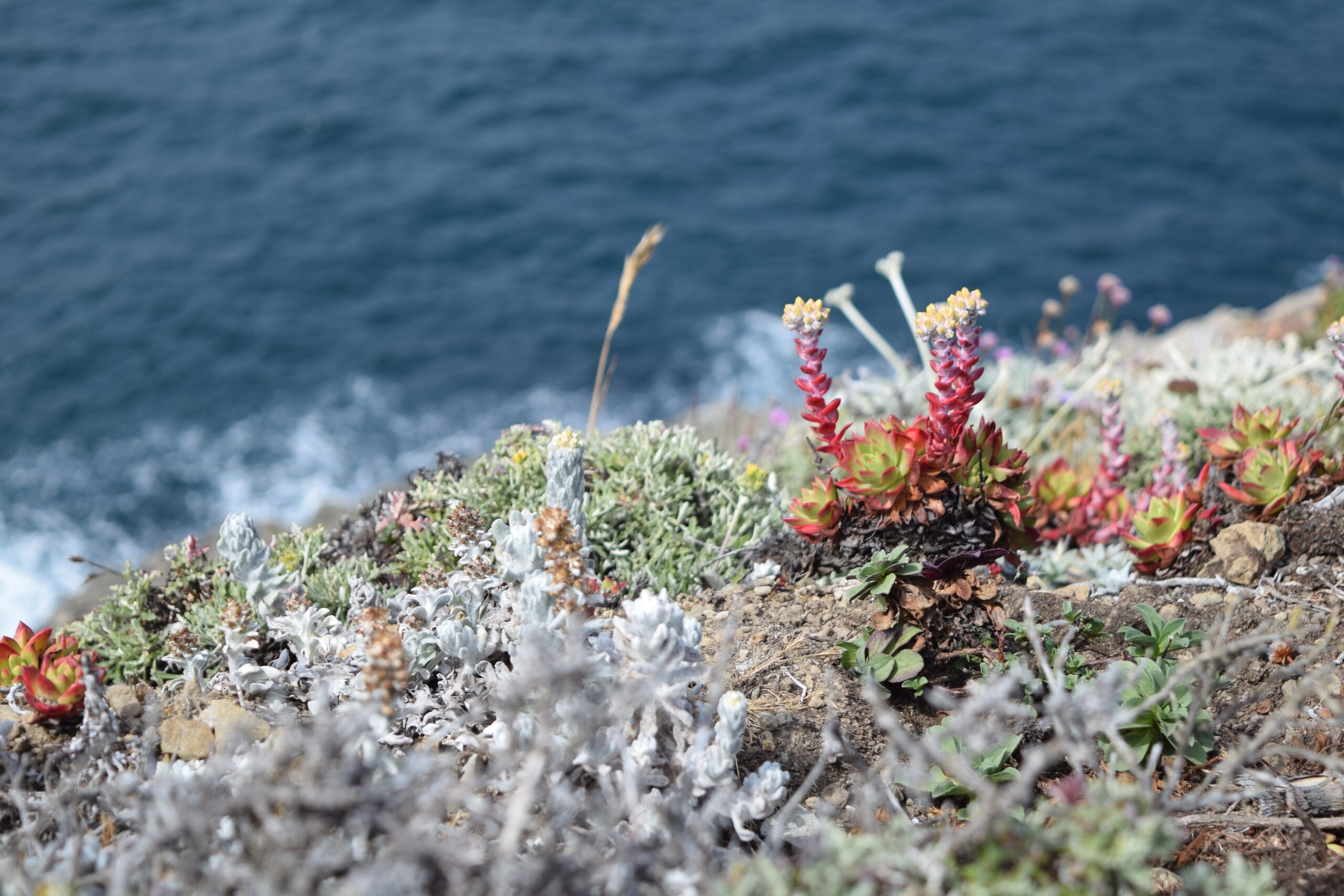Hare Creek Beach Stewards Call For 4-13-24
Hare Creek Beach Stewards Call For 4-13-24
We really, really, really welcome your help!
The regular 2nd Saturday Hare Creek workday is this Saturday, 4-13-24, from 10:00 – 12:00.
Whatever time you can arrive or need depart, your efforts at Hare Creek are appreciated 🙂
NOTE: Weather.gov is currently predicting rain in the morning, with it dropping from 63% to 45% chance right when our work hours begin. Wunderground.com and Weather.com drops it to 30%. This likely translates to drizzle or no rain, but… I will be there! If it’s drizzly, there are places one can work on the trail that are more protected than others. If it turns to a heavy rain, well, even I will call it a day.
Pick your project. There’s plenty of non-native invasives to continue eliminating (see below).
Ivy, ivy, ivy… Scotch broom, Blackberry, Wild radish…
The ground is pretty willing to let go of things right now. It’s a great time to pull the Wild Radish!
Bring water, gloves, and your favorite tool(s), or borrow one of ours. Perhaps bring a rain jacket and/or umbrella.
We meet at the end of the Mendocino College parking lot (look for Lenny’s blue Forester), and wander across the field to the trail.
Need directions? Please arrive by 10:00 or reply to this email (or phone Lenny at 1-707-962-0824)
In service to The Mendocino Land Trust,
Lenny Noack
______________________________
Here’s a list of, and info on, invasive plants at Hare Creek.
This is NOT an all-inclusive list! Will add to this list as I can.
Data collected from Wiki, other online, book, and human sources (corrections, additions WELCOME)
“Invasive species” is an introduced plant that negatively alters its new environment, causing environmental damage.
“Noxious weed” is an agricultural classification given to plants that are injurious to natural habitats, ecosystems, or horticultural crops.
__________
ENGLISH IVY (Hedera helix) ATLANTIC or IRISH IVY (Hedera hibernica) aka English Ivy
Native to Europe, western Asia
Invasive species. Classified noxious in Oregon & Washington.
Impact – Aggressively competes with native vegetation, choking it out and completely taking over.
Climbs trees and can fully engulf and kill them
HIMALAYAN BLACKBERRY (Rubus armeniacus) aka ARMENIAN BLACKBERRY
Native to Armenia, Northern Iran (has no connection to the Himalayan region)
Invasive species. Noxious weed.
Impact – Competes with native vegetation (big bully!), often crushing or smothering it. Dense thickets impede native wildlife movement and their access to water.
ICE PLANT (carpobrotus edulis), the type carpeting coastal Calif and the Channel Islands
Native to South Africa – Invasive species.
Impact -Aggressively competes with native vegetation, choking it out and completely taking over. Contributes to soil erosion. Alters the soil composition.
SCOTCH BROOM (Cytisus scoparius) Native to Western and Central Europe, North Africa. Invasive species. Noxious weed.
Impact – Competes with native vegetation, especially in disturbed ground (roadways, cut forests), where it overtakes seedlings, fire hazard.
TANSY RAGWORT (Jacobae vulgaris, Asteraceae family). Native to Northern Eurasia. Invasive species. Noxious weed.
Impact – Can be toxic to horses and cattle. The pollen collected by bees turns the honey bitter. Looks so innocent and pretty when you see a few, but before long, it is all you will see as it out-competes the native flora.
Notes – Pull root & all, bag it up, and put in the garbage, NOT the compost. The prolific seeds aren’t destroyed in compost, and can last for decades.
WILD RADISH (Raphanus raphanistrum)
Native to Western Asia, Europe, North Africa.
I do not find this plant to be “officially classified” as either Invasive or Noxious. Nonetheless, it IS a non-native invasive. It is also known to be a medicinal and edible herb, and anyone who wants to harvest it at Hare Creek (especially ALL of it) is most welcome to do so!
Impact – Beauty of its flowers aside, it competes with native vegetation


